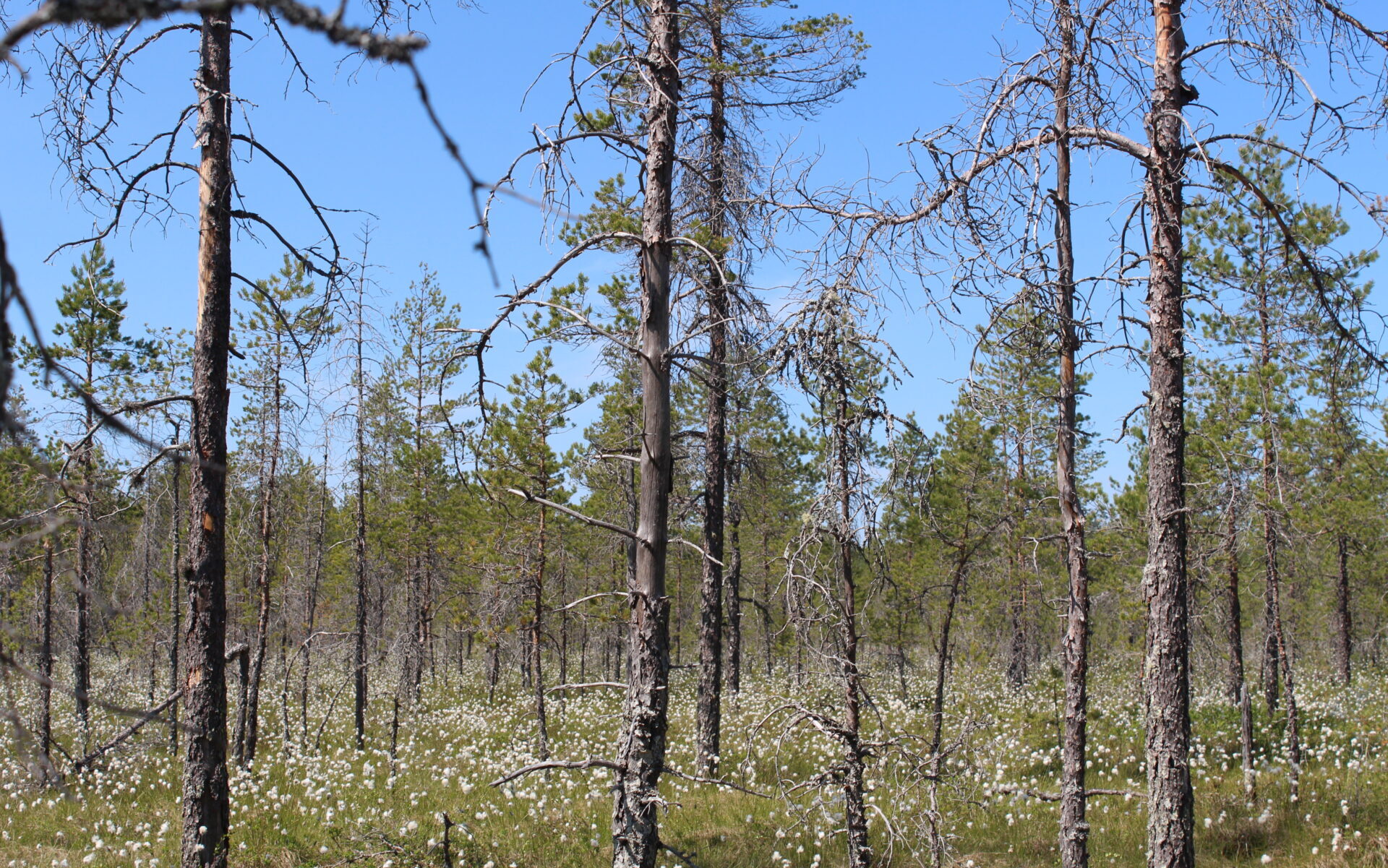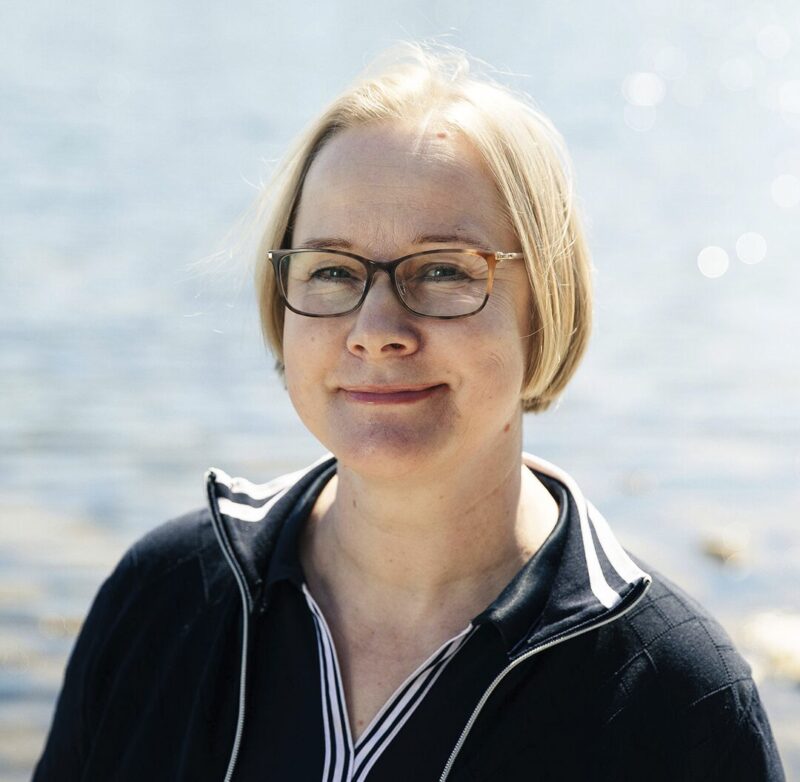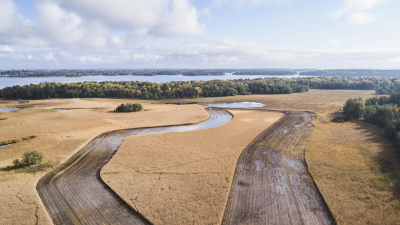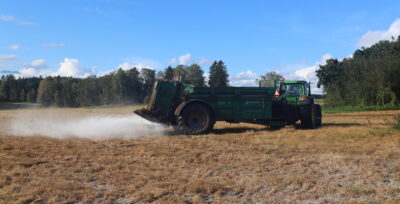
Re-wetting of Peatlands
Utilising natural or restored peatlands as overland flow fields is the most effective water protection method in forestry. In the project Re-wetting of peatlands, runoff water from forest drainage areas is filtered by directing the water to privately-owned natural or restored peatlands. John Nurminen Foundation implements the project in cooperation with Tapio and Iin Micropolis.
More information:

Anna Saarentaus
Ohjelmapäällikkö, ruoantuotannon ja metsätalouden ravinnekuormituksen leikkaus anna.saarentaus@jnfoundation.fi +358 40 719 0208Mari Pänkäläinen
Project manager, restoration
Tapio Palvelut Oy
Tel. 0294326011
mari.pankalainen@tapio.fi
Lauri Rantala
Iijoki River CoordinatorIin Micropolis Oy
Tel. +358 40 647 5475
lauri.rantala@micropolis.fi
Jouni Tanskanen
Project Manager
Iin Micropolis Oy
Tel. +358 40 554 9273
jouni.tanskanen@micropolis.fi
Drainage of peatlands causes eutrophication of the Baltic Sea
- A quarter of Finland’s forest resources grow on peatlands. After the Second World War, peatlands were drained in Finland at an accelerating pace to increase the land available for commercial forestry.
- Peatlands are drained for forestry purposes with ditches. Ditches drain into rivers and lakes and eventually into the Baltic Sea. The catchment area of the Baltic Sea covers almost all of Finland, with the exception of northernmost Lapland.
- The most significant source of load on watercourses from commercial forestry are old drainage areas that release nutrients, solid matter and humus as the peat decomposes. In addition to eutrophication, organic matter leached from drainage areas causes brownification of waters. In the Baltic Sea, eutrophication caused by excess nutrients is a major problem that accelerates marine biodiversity loss.
The project helps reduce the load from commercial forestry on water bodies
In overland flow fields, runoff water from forest ditches is filtered by directing it to flow over a sufficiently large, undrained area, such as a natural or restored peatland. Peatland vegetation and surface peat absorb and retain the nutrients and solids in the runoff water.
In addition to water protection, re-wetting of peatlands also provides climate and biodiversity benefits. Even natural and protected peatlands dry up if runoff waters that naturally flow into them are directed into ditches in the surrounding areas used for commercial forestry. Returning runoff water to peatlands improves the biodiversity of peatlands and prevents the decomposition of peat. This way, re-wetting of peatlands benefits not only rivers, lakes and the Baltic Sea, but also biodiversity and the climate!
The project is implemented in cooperation between Tapio, Micropolis and the John Nurminen Foundation
The project carries out re-wetting of peatlands on private land in South Ostrobothnia (Alavus), Central Ostrobothnia (Halsua), North Ostrobothnia (Taivalkoski) and Southern Lapland (Ranua). Tapio Palvelut Oy is responsible for the planning of the sites, the John Nurminen Foundation for implementation and Iin Micropolis Oy for landowner cooperation. Water quality is improved by damming forest ditches and diverting runoff water to natural or restored peatlands.
In addition, the project promotes the wider adoption of the method by developing template contracts for peatlandrestoration planners, landowners and contractors. Contract technical solutions are developed pro bono by Roschier, Attorneys Ltd.
The project receives funding from the Ministry of the Environment’s programme to enhance the effectiveness of water protection. The water protection programme for 2019–2023 is a significant investment in water protection, with the aim to achieve a good status for the Baltic Sea and inland waters. The programme’s measures reduce nutrient load from agriculture and forestry into waters, clean oil from shipwrecks, restore watercourses and reduce harmful contaminants in urban waters.
In cooperation with



